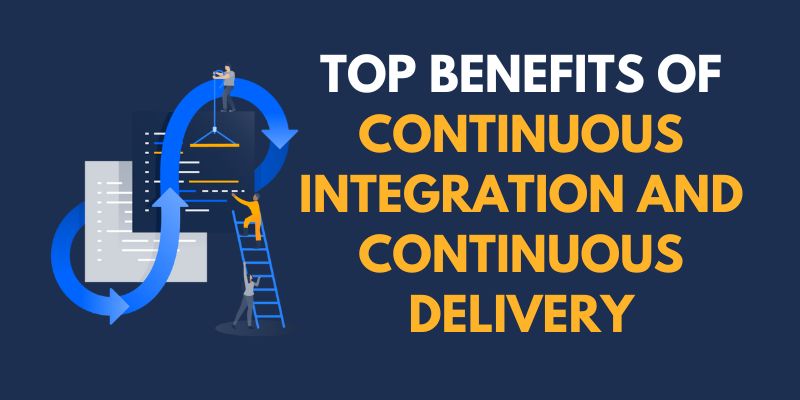Continuous Integration (CI) enables you to continuously integrate code into a single, easily accessible shared repository. Continuous Delivery (CD) allows you to continually deliver code from the repository to production. CI/CD enables a quick and efficient procedure for getting your product to market ahead of the competition, as well as providing new features and bug fixes to keep your present customers satisfied. To know more about CI/CD, join FITA Academy‘s Devops Training Institute In Chennai, which will provide you with the best skill set and the best Placement Training. In this blog, we’ll look at the Top Benefits of Continuous Integration and Continuous Delivery to help you decide if this is the correct approach for your company.
Benefits of Continuous Integration and Continuous Delivery
Smaller Code Changes
CI/CD have the technical benefits of allowing you to integrate small bits of code at a time. These code modifications are simpler and easier to manage than large sections of code, and as a result, they have fewer issues that may need to be fixed later.
Fault Isolations
Fault isolation is the process of designing systems so that when a mistake occurs, the negative consequences are restricted. Limiting the extent of problems decreases the potential for damage and simplifies system maintenance.
Faster Mean Time To Resolution (MTTR)
MTTR determines the average time to repair a damaged feature and gauges the maintainability of repairable features. Essentially, it allows you to track the amount of time it takes to recover from a failure.
Because code changes are smaller and defect isolations are easier to identify, CI/CD minimizes MTTR.
Enroll in the Devops Online Course, Which will provide you with more Concepts about Application of CI/CD.
More Test Reliability
Because of the bite-size and particular changes delivered to the system by CI/CD, test reliability improves, enabling for more accurate positive and negative tests to be performed. Continuous Reliability can also be applied to test reliability within CI/CD. With the constant merging and launching of new products and features, knowing that quality was prioritized throughout the process convinces stakeholders that their investment was beneficial.
Increase Team Transparency and Accountability
CI/CD is an excellent technique to obtain ongoing input not only from clients but also from your own team. This enhances team transparency and encourages responsible accountability.
Because CI is primarily focused on the development team, input from this phase of the pipeline influences build failures, merging issues, architectural setbacks, and so on. CD is more concerned with getting the product to end customers as soon as possible in order to obtain much-needed client input. Both CI and CD provide immediate feedback, allowing you to steadily and consistently improve your product.
Easy Maintenance and Updates
Maintenance and upgrades are vital components in creating a great product. However, it is essential to highlight that in a CI/CD process, maintenance should be performed during downtime periods, commonly known as the non-critical hour. Do not shut down the system during peak traffic hours to update code modifications.
Smaller Backlog
When you include CI/CD into your organization’s development process, the number of non-critical problems in your backlog decreases. These tiny faults are found prior to production and repaired before they are made available to end users.
Finally, you enjoyed this blog and now understand everything about Devops, including Top Benefits of Continuous Integration and Continuous Delivery.
Mastering Devops development is achievable with the proper techniques and consistent project practice. If you’re looking for the right guidance and support, consider enrolling in the Advanced Training Institute in Chennai. Also it offers cutting-edge courses, expert faculty, and a transformative learning experience.
Read more: DevOps Interview Questions and Answers

